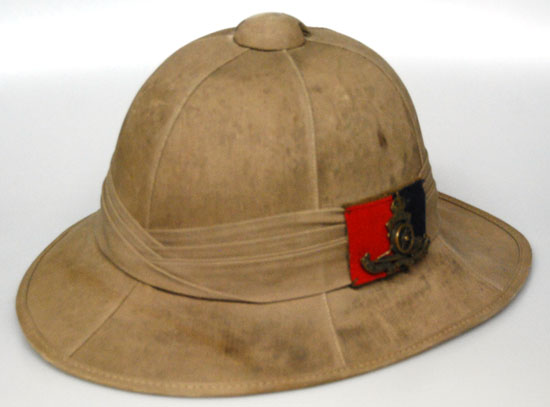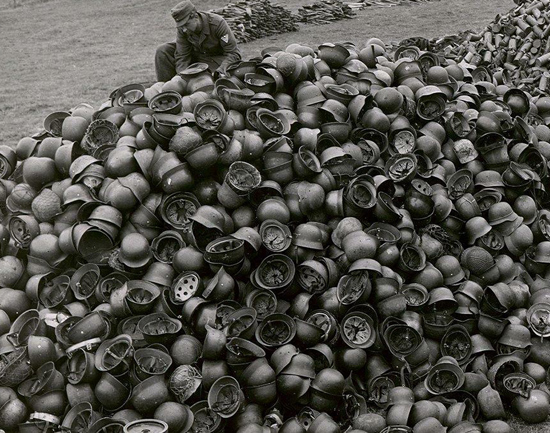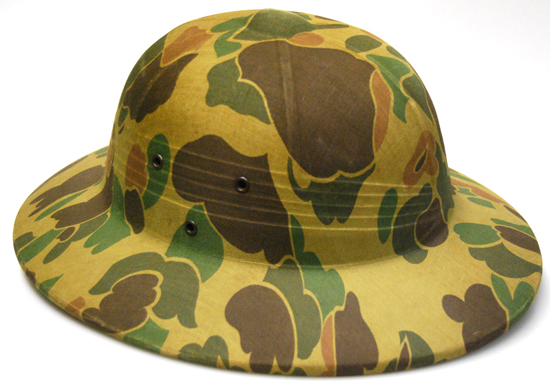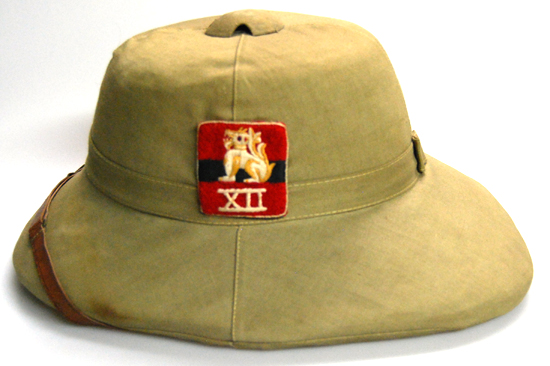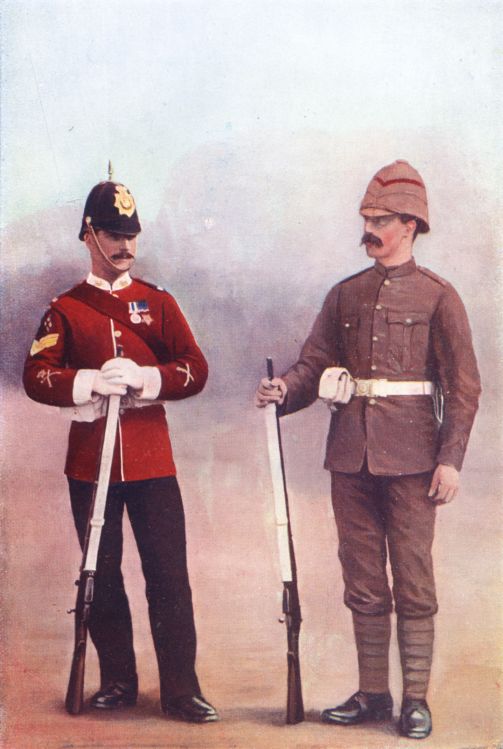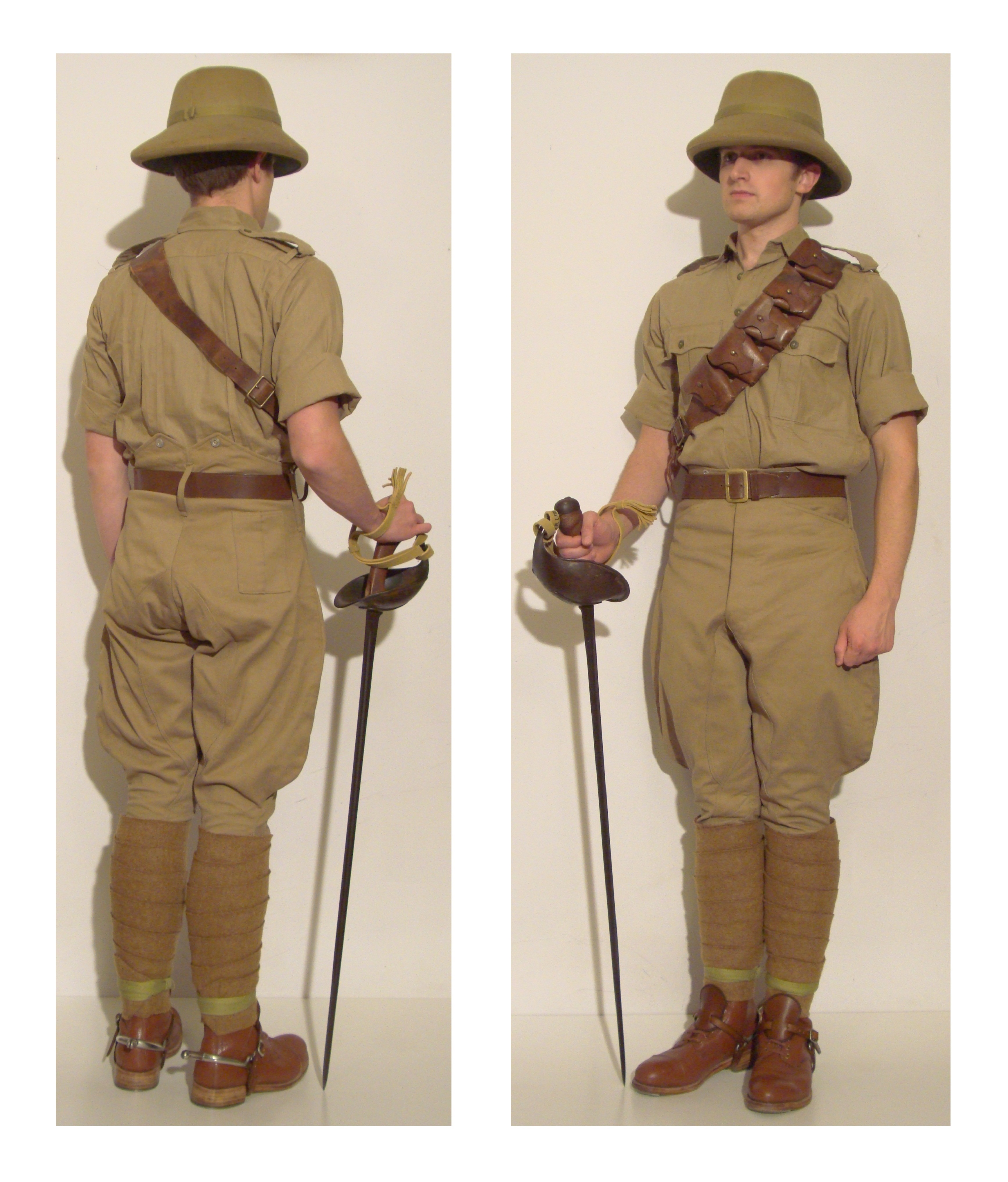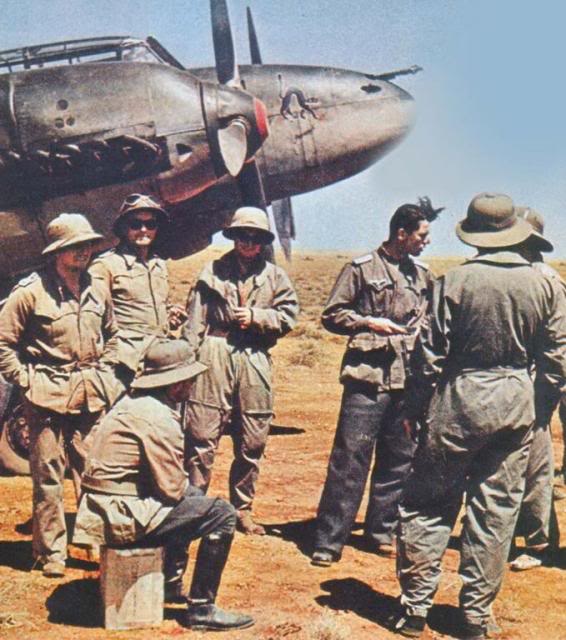 When the German army headed to North Africa and other tropical regions during the Second World War it utilized the sun helmet. The Luftwaffe, Germany’s air arm, followed ground units to the Mediterranean theater where it made up a significant portion of the “Afrika Korps,” and included the Fliegerführer Afrika.
When the German army headed to North Africa and other tropical regions during the Second World War it utilized the sun helmet. The Luftwaffe, Germany’s air arm, followed ground units to the Mediterranean theater where it made up a significant portion of the “Afrika Korps,” and included the Fliegerführer Afrika.
The Luftwafffe personnel, who included air crews, Flak troops and support units were equipped with a variation of the Model 1940 sun helmet. Continue reading

